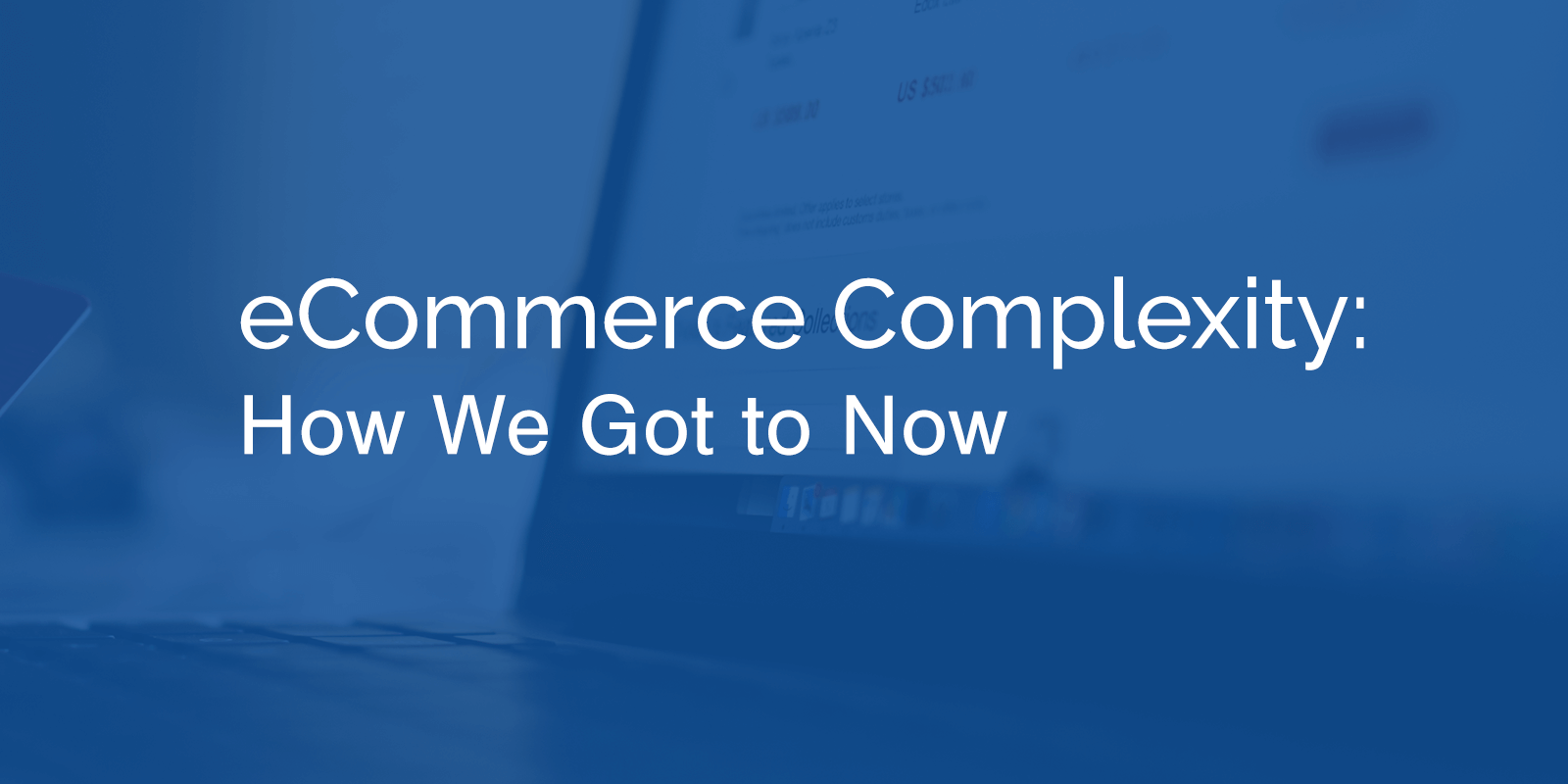eCommerce Complexity: How We Got to Now

Do you ever watch documentaries? Some of the best are of the “How did we get to this point?” variety. That’s why this post from Internet Retailer was such a good read: It hit on how we got to the point where eCommerce, an industry on the rise and full of innovation, is finding stumbling blocks in inventory management.
The post first hits on some obvious points: That inventory management is important, that it builds customer loyalty, and so on. They even mention Ralph Lauren’s 3% drop in revenue in 2016 as an example of what happen when inventory is not properly managed.
What was really interesting, however, was their insight into the changing world of eCommerce fulfillment:
“By its very definition, an ‘e’-commerce business needs to be online. Despite that, several of these businesses haven’t shifted to the most current technologies available for managing their inventory.
It’s helpful to quickly take stock (pun not intended) of how we arrived at this point. In the ‘olden’ days, pre-e-commerce, there was a fairly predictable flow of product through the supply chain. It went from the manufacturer to the distributor or wholesaler, and from there to the retailer. That’s where the consumer came in. Now the supply chain is significantly more omnichannel with the various parts flowing in multiple directions—and often at once.
The only real way to win at ecommerce inventory management in an omnichannel world is by shifting to better, cloud-based management software." [emphasis ours]
The rise in omnichannel is clearly a big cause of inventory management complexity. So are increasingly complicated supply chains, new government regulations, and a growing global customer base.
At Infoplus, we obviously believe in the power of more versatile, cloud-based management software. We’re wondering: What else needs to be part of the mix? And what changes in supply chain and fulfillment are just over the horizon?
.png?width=225&height=60&name=Logo%20(7).png)


